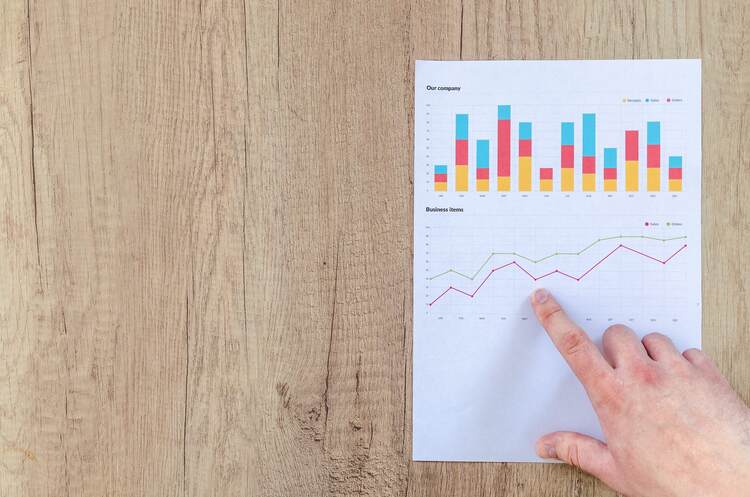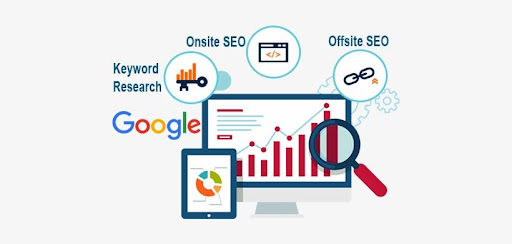According to current reports Pinterest, Instagram and Google have been the big gainers as the share of visits in Facebook falls by 8% in 2017. In the last year, the world saw a paradigm shift in traffic of the major sites. Over the years, the social network has grown stronger and therefore the social traffic has eaten up much of the search traffic within a network.
This is seen as a benefit by a few while others take this as a warning signal. However, a deeper probe will make things clear if you understand the difference between the two traffics.
According to the latest Shareaholic Traffic Report, the externally referred traffic has reduced from over 400million users as there is a rise in the number of mobile sites. On a proper analysis of the shifting trends, the data reveals the percentage of:
- Overall traffic
- Share of visits
- Direct traffic
- Organic search
- Social referrals
- Paid search and much more.
The source data was from a network of opt-in websites in which content marketing and publishing tools were used to study diverse categories such as:
- Food
- Technology
- Design
- Fashion
- Beauty
- Marketing
- Sports
- Parenting
- Religion
- General news and many more.
The sites take into consideration ranged from independent blogs to the publishing companies and even to commerce sites. Moreover, the size of these websites studied varied from less than a thousand unique visitors monthly to over a million. The study was conducted using an expanding data set rather than any static list.
All these help in judging the organic pattern of the traffic shift in search and social strategies. Knowing this change and following the data will help you to cash in on the major trends when you head to the years to come.
Search versus social traffic
The website visitors until a year ago was likely to be referred from the social networks but now these visitors are more likely to come from the search engines. Considering all odds, last year was the year when Search made a comeback and has successfully paced behind Social when it comes to sharing of traffic.
It is said that Search drove away about 34.8% of overall site visits last year as compared to that of 25.6% from social. This is seen in the share of visits in a month across the major Social networks as well as the top Search engines.
If you think at a higher level, you will see that it is very evident from the data that the tenuous grip of the social media is slowly losing and is no more considered to be the top referral category. It has started to give back bit by bit after beating Search for the past three years.
The reason for such changes is the changes made to the algorithms of Facebook’s News Feed. This resulted in the index of the search engines to become more and more social content. This when is included in the rankings and results pages, it is no surprise that it will be most competitive and stay as it is even if the volume and consumption of social media grow significantly.
Now the users and followers for Instagram can find it increasingly aggregated within the search engines instead of having to search for contents and news on different individual social networks. A comparative study of all social network channels further revealed that Google, in particular, benefitted the most from such changes in social traffic.
The search traffic
This shift and the rising tide has raised fairly evenly all of the ships in this Search world as compared to the previous times and their share. Though there are several Search engines worth mentioning, Google is where your money lies and can be made if you spent time on it.
As for the Social traffic, the loss of Facebook is the gain of Pinterest and Instagram. This is because the move made by Facebook in Social traffic in 2017 was not a positive move since it came after the rocky 2016 US election year. The changes made by Facebook were made to exercise control over several aspects such as:
- What contents are displayed in the news feed
- How these are displayed in it
- Overshare of sites with too frequent posts
- Marking sites that contained too many ads in their pages and
- Marking sites that had very little substantive content.
This resulted in the shift behavior of the users as the time taken to consume contents on Facebook decreased dramatically by 5% which means a staggering total of 50 million minutes per day.
According to Social Media Today, the scenario, on the other hand, started to change dramatically as well but towards the north direction. Time spent by users watching a video on Instagram has increased by 80% and at the same time, the daily watch time for Facebook Live broadcasts quadrupled.
In short, users spend much less time on Facebook in general and more on watching a video and live streaming content. These, however, were less likely to get linked out to other web pages which resulted in the dramatic exodus of traffic.
The final countdown
Therefore, you can see that Pinterest and Instagram are the largest beneficiaries of the decline of Facebook’s share.
The user base of Instagram has doubled in the past two years and is still accelerating at a huge pace. Making the most of the opportunity, Instagram has rolled out desktop and mobile web functionalities. This has enabled them to provide a better environment to the users making their content available to more users and in turn driving more external traffic.
Pinterest, on the other hand, is another logical beneficiary of Facebook’s decline share of visits. The growth of Pinterest is driven by more than 200 million monthly active users. That means they have actually saved more than 100B Pins providing them with an additional opportunity to drive more traffic to an external source.
All these figures of growth in share of traffic support the general trends of such shift and will become a useful predictor to you as to how social networks will perform for your site in the future as a traffic driver.



